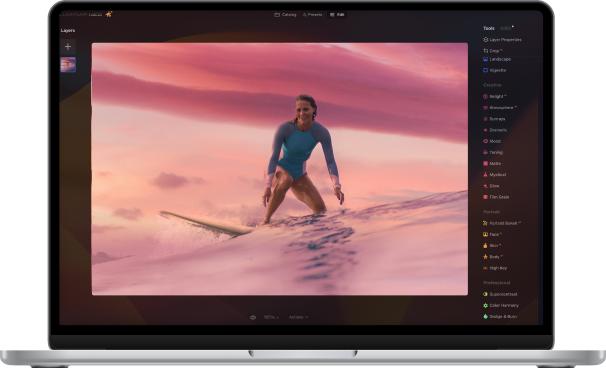Macro Photography Ideas: 7 Great Inspirations for Stunning Shots
July 19
18 min. to read
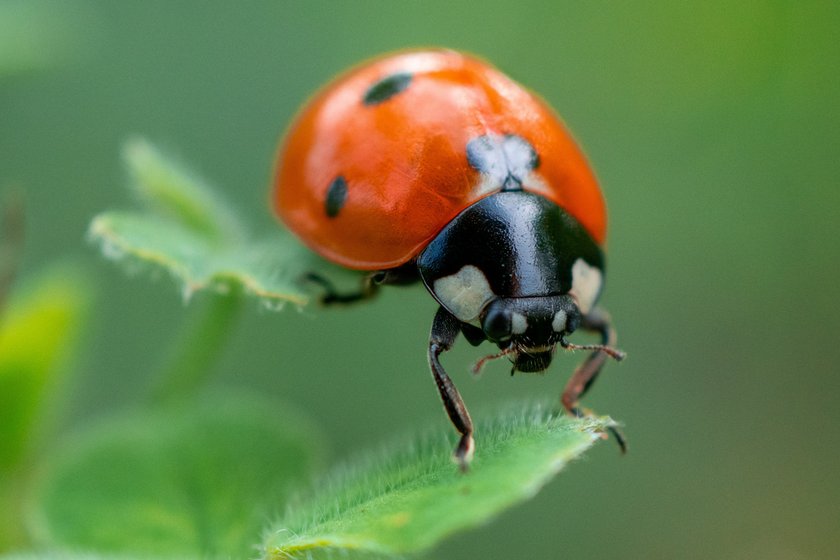 There's something magical about looking at the world on a minuscule level. Macro photography gives photographers the chance to share that with the world. There's much more to creating amazing macro shots than offering a closer point of view, however. To create images that stand out, you need solid composition, excellent depth of field control, and interesting subject matter.
There's something magical about looking at the world on a minuscule level. Macro photography gives photographers the chance to share that with the world. There's much more to creating amazing macro shots than offering a closer point of view, however. To create images that stand out, you need solid composition, excellent depth of field control, and interesting subject matter.
In this article, we'll explore a few ideas for macro subjects that can help make your photos more memorable. We'll also talk about Luminar Neo, an AI-powered software that allows you to create unique macro shots using selective color photography. It is an editing technique that allows you to customize individual tones and is an important tool for fine color correction.
So, get started!
Creative Macro Photography: Water Drops
This subject has been shot hundreds of times in just as many different ways. Despite that fact, it's never become passé. That's because it's one of the most versatile macro subjects around.
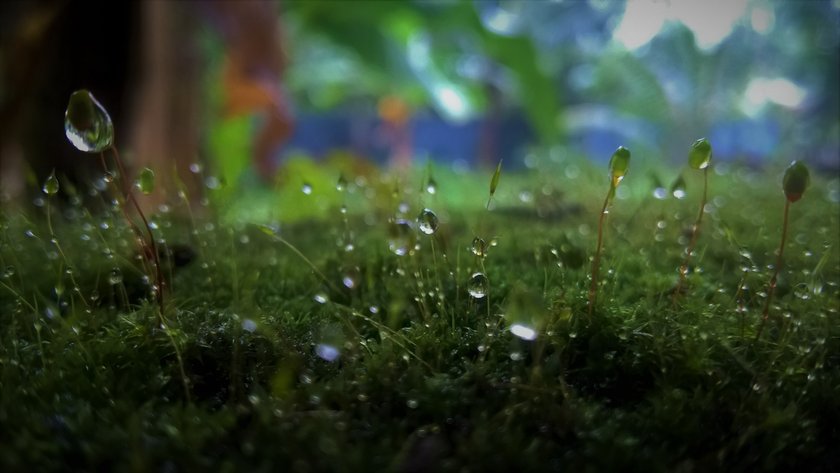 You can photograph drops as they fall, as they collide with standing water, on plants, on glass, on spiderwebs, and in countless ways. You can use them alone or as a feature of the photo. Photograph them with a slow shutter speed or freeze them in time with a fast one. You can even photograph the likenesses of other objects refracted in them.
You can photograph drops as they fall, as they collide with standing water, on plants, on glass, on spiderwebs, and in countless ways. You can use them alone or as a feature of the photo. Photograph them with a slow shutter speed or freeze them in time with a fast one. You can even photograph the likenesses of other objects refracted in them.
Every time I think I've seen about everything you can do with water drop macros, someone comes up with a theme that surprises me. In fact, it seems that droplets somehow encourage that creative spark in photographers.
Unusual Macro Photography Ideas: The Insides of Things
Place translucent objects on a lightbox or white background and photograph their insides. Sliced vegetables, leaves, fibers, or anything with a structure that can be enhanced with backlight. Move outside and try to orient the leaves of shrubs of trees so that the sun shines through them. Try using a flashlight at night to discover what's hidden inside various natural or man-made objects.
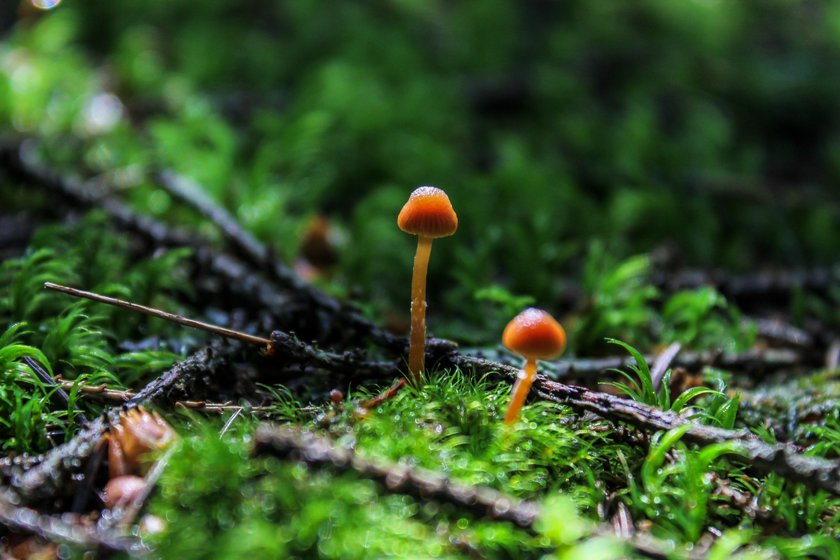 The world around us is full of things with surprisingly intricate structures. Use your macro lens and some ingenuity to discover and share them.
The world around us is full of things with surprisingly intricate structures. Use your macro lens and some ingenuity to discover and share them.
Close-Up Photography Ideas: Electronic Components
The inner workings of our computers, televisions, MP3 players, and the like are something most of us never think about, much less look at. Getting up close and personal with the discrete components within them can give those parts an almost-alive appearance that can be disturbing and captivating.
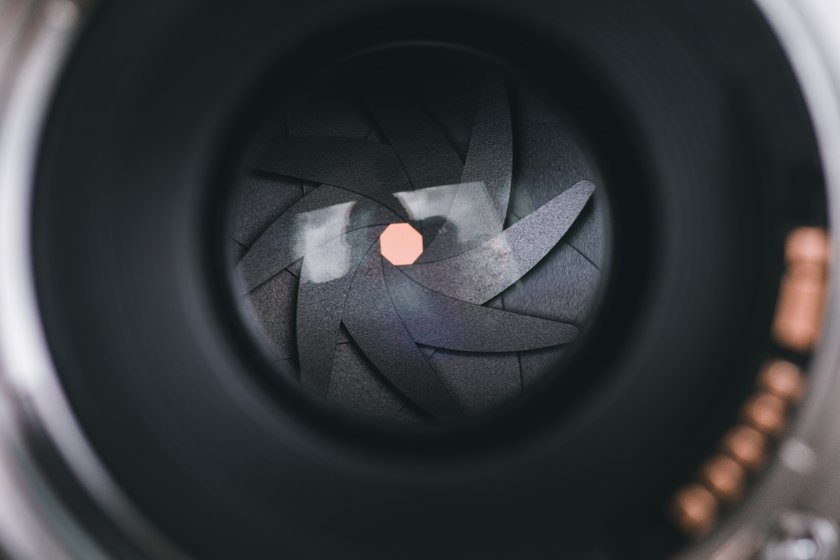 Reveal the complexity of vacuum tubes from vintage radios. Offer a perspective that shows an IC chip as a monolithic hulk. Show the smoke rising from a boiling drop of solder securing a lead to a PC board. Getting in close to these devices can fuel your creative engine for some time. NOTE: Exercise caution when working with any electronics. Even disconnected, some components can store lethal charges.
Reveal the complexity of vacuum tubes from vintage radios. Offer a perspective that shows an IC chip as a monolithic hulk. Show the smoke rising from a boiling drop of solder securing a lead to a PC board. Getting in close to these devices can fuel your creative engine for some time. NOTE: Exercise caution when working with any electronics. Even disconnected, some components can store lethal charges.
Macro Photography Objects: Frost
Cold weather brings some unique opportunities for macro photographs. Frost creates those delicate patterns on windows and decorates lawns, trees, shrubs, and even your car. All you need to do is bundle up and get out there with the camera.
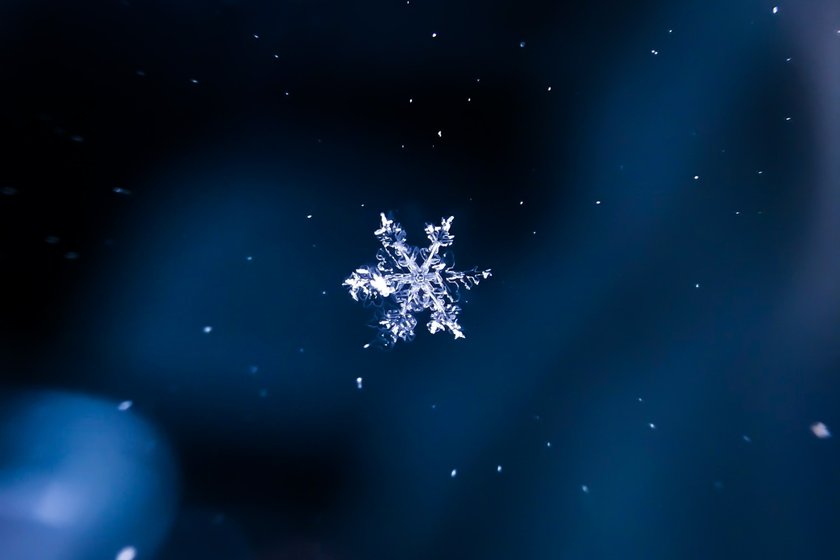 Be very gentle with your outdoor subjects. The structures of this phenomenon are brittle, so just a touch can be enough to bring them crashing down. It's always interesting to use sunlight for backlighting, etc. but remember that frost won't last long in the light. Try using an external flash for lighting effects while the sun is still low.
Be very gentle with your outdoor subjects. The structures of this phenomenon are brittle, so just a touch can be enough to bring them crashing down. It's always interesting to use sunlight for backlighting, etc. but remember that frost won't last long in the light. Try using an external flash for lighting effects while the sun is still low.
Macro Photography Subjects: Eyes
Have you ever noticed the wide variety in the eyes of creatures on our planet? The differences range from subtle to complex and the best way to realize them is to get in really close. Even our own eyes take on a whole new uniqueness at the macro level.
This is a macro subject that you could dedicate a good portion of your lifetime to photographing. Insects and arachnids alone offer thousands of fascinating examples. The reptile kingdom also offers some truly unique eyes.
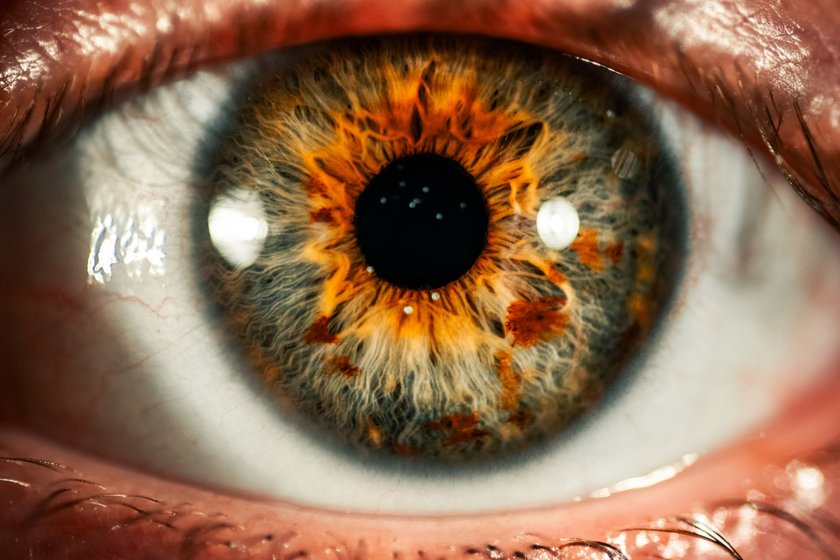 With many subjects, the hard part will be getting in close. You can start with your pets and those of your friends and family for some good opportunities. When you're working out there in nature, the key is patience. Oh, and always remember that some of your subjects are dangerous. It's probably better to find a captive rattlesnake.
With many subjects, the hard part will be getting in close. You can start with your pets and those of your friends and family for some good opportunities. When you're working out there in nature, the key is patience. Oh, and always remember that some of your subjects are dangerous. It's probably better to find a captive rattlesnake.
Cool Macro Photography Ideas: Crystals
When we think of shooting nature, we often forget about one of the most basic forms: the geology of Earth, itself. Look deep into the structures of the rocks that make up our planet and you'll find a hidden world of color and complex geometry that's perfect for your macro lens.
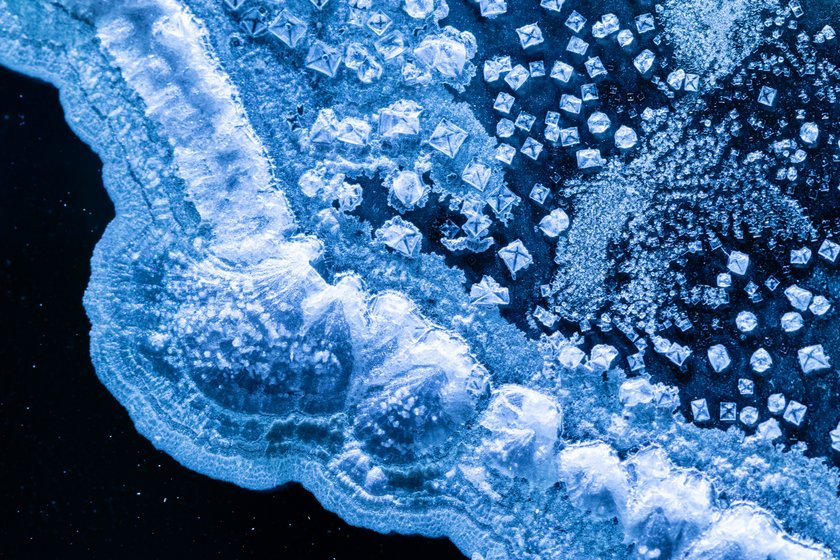 You'll want to bring many of these subjects inside, to create the right lighting to take advantage of their refractive and reflective properties. At this level, you'll find many of your subjects will be full of surprises.
You'll want to bring many of these subjects inside, to create the right lighting to take advantage of their refractive and reflective properties. At this level, you'll find many of your subjects will be full of surprises.
Macro Photography Ideas at Home: Soap Film
Here's a great example of how looking closely can turn the mundane into the spectacular. At a distance, soap bubbles can be interesting. Moving in really close can give you a new appreciation for what's happening on their surfaces.
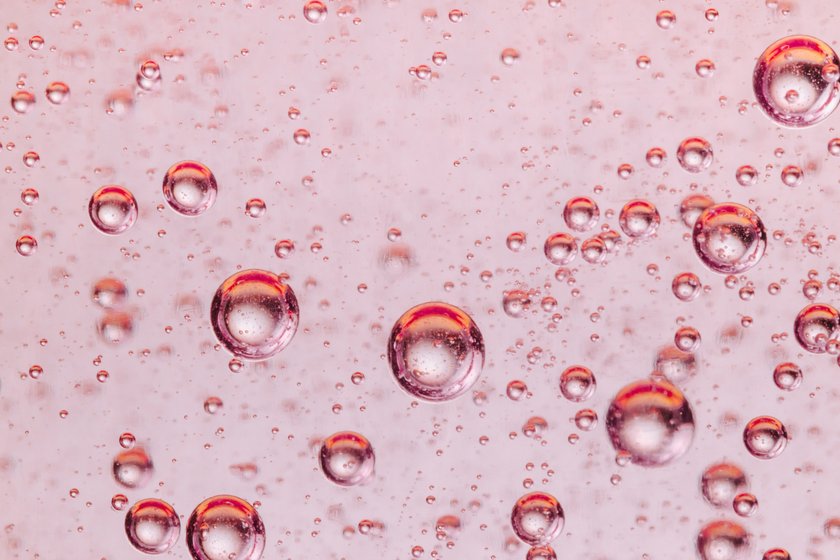 If you're interested in physical science, you'll find these images a great example of interference patterns in light waves. You don't need to know that to appreciate the swirling, iridescent colors, though. Try different light sources and colored backgrounds to see what you can uncover.
If you're interested in physical science, you'll find these images a great example of interference patterns in light waves. You don't need to know that to appreciate the swirling, iridescent colors, though. Try different light sources and colored backgrounds to see what you can uncover.
You will probably experiment, resulting in a large number of pictures. In our blog, you can easily find the best online photo storage with the perfect personalized plan, but that's not all. We've also rounded up the most popular software to organize photos, so hurry up and follow the link.
Macro Photography Inspiration: Improving Your Images in Luminar Neo
Although there are certainly more fascinating macro subjects out there, I want to wrap up this article with an important note about creating the best possible images of these subjects. Many photographers become frustrated with macro during their early attempts because they don't get the results they expected. It's important to realize that the best macro photos aren't just taken; they're created with a careful and deliberate process.
For instance, one of the most challenging aspects of macro photography is achieving sufficient depth of field. In many cases, the final image is actually a composite, created with a technique called focus stacking. In a nutshell, it consists of taking a series of photos at incremental focus settings, then “stacking” them and selectively removing out-of-focus areas to create maximum sharpness throughout the scene.
 There are many other possible processing steps in creating the perfect macro image. Sharpness, contrast, color, and clarity often need to be enhanced. Cropping and noise reduction are common improvements. Levels, Curves, Hue and Saturation, and many other terms you may not now be familiar with will become part of your regular vocabulary. In addition, our presets photography gives you a quick and efficient way to enhance your images with predefined settings. Be sure to try the most creative Luminar Neo and Lightroom photo presets right now!
There are many other possible processing steps in creating the perfect macro image. Sharpness, contrast, color, and clarity often need to be enhanced. Cropping and noise reduction are common improvements. Levels, Curves, Hue and Saturation, and many other terms you may not now be familiar with will become part of your regular vocabulary. In addition, our presets photography gives you a quick and efficient way to enhance your images with predefined settings. Be sure to try the most creative Luminar Neo and Lightroom photo presets right now!
The point is that to excel in creating macro images, you're going to need powerful photo editing software. Of the several hundred applications available, there are a select few that include all the capabilities you'll need to make your images “pop”.
The most well-known package is Adobe's Photoshop. It has all the functionality you'll need. It also has a very long learning curve and, now, pricing that requires ongoing subscription payments.
But there is another great photo editor. If you're a Mac or Windows user, there's an option you really should take a look at Luminar Neo. It also has all the functionality needed, plus an intuitive interface that makes learning easy. The manufacturer, Skylum, also provides a great series of video tutorials covering just about any procedure. Best of all, it comes with a price you can afford and you only have to pay it once! All users now have the chance to try Luminar Neo AI photo editing. You can also use Skylum's online photo editor to quickly enhance your image without downloading additional applications.
Advanced yet easy-to-use photo editor
Get Luminar Neo NowIndoor Ideas for Macro Photography
True macro photography is a fascinating genre that allows you to capture intricate details of small subjects. While it is often associated with outdoor settings, there are many interesting possibilities for indoor use as well:
- Explore the world of indoor plants and capture the intricate details of their petals, leaves, and textures. Look for interesting patterns, vibrant colors, and unique shapes.
- Want more great macro ideas? Then create a mini studio by setting up a controlled environment with a plain background and introducing insects or bugs. You can capture their tiny features, intricate patterns, and behaviors up close.
- Explore the textures, colors, and details of different fruits, vegetables, spices, and other foods. This is one of the best macro photo ideas and a great opportunity to experiment with lighting and composition.
- Look around your home for small objects with interesting textures, shapes, or patterns. Items such as jewelry, buttons, coins, fabrics, or even kitchen utensils offer a world of macro photography possibilities.
- Set up a small studio environment with controlled lighting and experiment with capturing water droplets. You can use a dropper or spray bottle to create interesting patterns or capture the moment a drop hits the surface.
- Take close-ups of objects with unique textures, such as fabric, wood grain, or even brush strokes. Explore the abstract and artistic side with one of the best ideas for close-up photography.
- Create a miniature scene with small toys, figurines, or dioramas. Get up close and capture the intricate details of the tiny world you've created.
- If you have small pets like hamsters, fish, or reptiles, you can capture their details up close. Focus on their eyes, fur, scales, or other unique features.
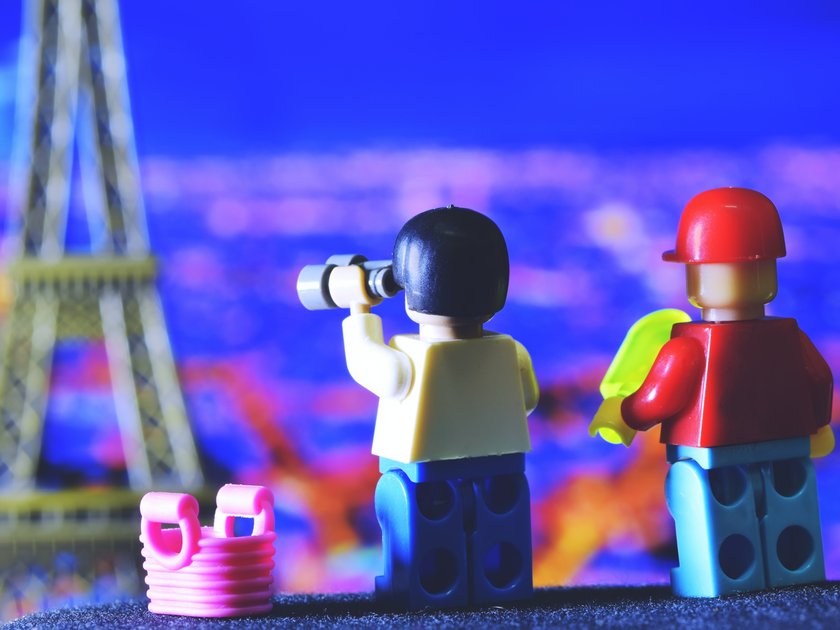 Remember to experiment with lighting, composition, and depth of field to get the most out of your macro shots. Also, be patient and take your time to explore different angles and perspectives.
Remember to experiment with lighting, composition, and depth of field to get the most out of your macro shots. Also, be patient and take your time to explore different angles and perspectives.
Tips & Tricks to Get Stunning Breathtaking Macro Images
First, invest in a high-quality macro lens for your camera. Dedicated optics allow you to get close to your subject and capture fine details with excellent sharpness. Using a macro lens, you can easily get beautiful shots. This is especially important if you are interested in abstract macro photography. And one more thing: great macro photos often require longer exposure times, and any movement can result in blurry images. A tripod will help you maintain stability and ensure sharp shots when you capture macro subjects.
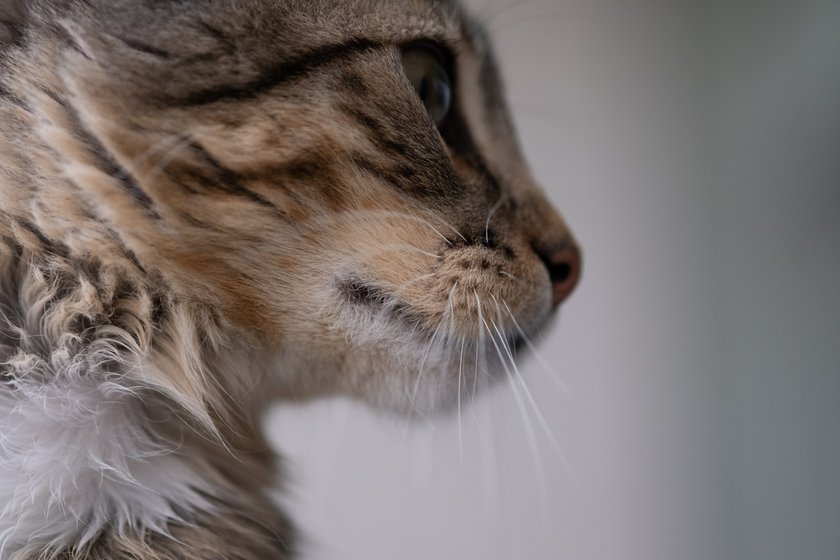 In this genre, achieving precise focus can be a challenge, especially when working with a shallow depth of field. Switch to manual focus and use a live view to zoom in on the subject so you can focus precisely on the area you want. Also, try your camera's macro mode. And don't be afraid to experiment with different angles, compositions, and techniques when you create macro shots. Try unconventional perspectives, explore different lighting setups, and don't hesitate to break the traditional rules to achieve unique and stunning photos.
In this genre, achieving precise focus can be a challenge, especially when working with a shallow depth of field. Switch to manual focus and use a live view to zoom in on the subject so you can focus precisely on the area you want. Also, try your camera's macro mode. And don't be afraid to experiment with different angles, compositions, and techniques when you create macro shots. Try unconventional perspectives, explore different lighting setups, and don't hesitate to break the traditional rules to achieve unique and stunning photos.
Conclusion
Macro photography is challenging. It can also be extremely rewarding. I hope that some of the creative macro photography ideas in this article will feed your creative muse and encourage you to learn some of the more advanced techniques for both shooting and processing your images.
With creativity, patience, and the right software, you, too, can create spectacular macro images.
FAQ
What Are the Primary Techniques Used in Macro Photography Projects?
The primary techniques used in such projects include using a macro lens for close-ups, applying a shallow depth of field to isolate the subject, using small apertures, utilizing stable support such as a tripod, and precise focusing techniques. In addition, experimenting with lighting, composition, and post-processing techniques such as focus stacking can enhance the final results.
What Objects or Subjects Are Popular for Home Macro Photography Ideas?
Popular options for home macro shots include flowers and plants with their intricate details, insects, and bugs. You can also try photographing food and ingredients, household items with interesting shapes, water droplets, and even pets and animals for close-ups of their features. Everyday items such as fabrics, electronics, and textures around the house can also provide interesting opportunities.
How Can I Improve the Sharpness and Details in My Abstract Macro Photography?
Start by using a tripod or stable support to minimize camera shake. Also, try a higher f-stop to increase the depth of field and ensure that more of the subject is in focus. Then use manual focus for precise focusing. Always experiment with lighting to enhance texture and detail, and consider using post-processing to further enhance sharpness and detail in your abstract images.



